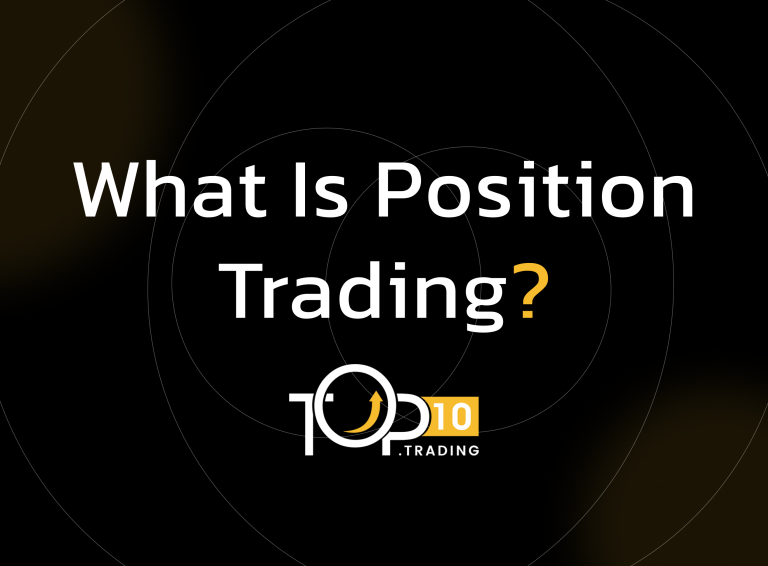Position Trading Definition

Position trading is a long-term trading strategy where traders hold positions for weeks, months, or even years, aiming to capitalize on significant price movements over time. Unlike short-term strategies, position trading focuses on broader market trends and fundamental analysis rather than daily price fluctuations.
Key Takeaways
- Position trading involves holding trades for an extended period—often weeks or months.
- It focuses on long-term market trends and macroeconomic factors.
- Traders use fundamental analysis and higher timeframes like daily or weekly charts.
- Less affected by short-term volatility compared to day or swing trading.
- Ideal for patient traders who prefer a hands-off, strategic approach.
How Position Trading Works
Position traders analyze macroeconomic trends, interest rates, monetary policy, and long-term chart patterns to identify opportunities. Once a position is opened, the trader holds it with the expectation that the trend will unfold over time.
- They typically use:
- Fundamental analysis: Economic indicators, earnings reports, central bank policy.
- Technical analysis: Support/resistance zones, trendlines, moving averages (especially on weekly/monthly charts).
- Risk management tools: Wider stop-losses and larger take-profit targets.
Because trades are held for so long, overnight fees (swap/rollover rates) and patience play a larger role.
Examples of Position Trading
- A trader buys gold expecting a multi-month rally due to rising inflation and geopolitical tensions.
- Holding shares of a company for 6–12 months based on strong earnings forecasts.
- Taking a long position in USD/JPY based on diverging central bank policies and holding it through rate hike cycles.
Benefits of Position Trading
- Reduced Noise: Less affected by intraday volatility and market noise.
- Lower Time Commitment: Doesn't require constant monitoring.
- Potential for Larger Gains: Capitalizes on long-term price trends.
- More Strategic: Focuses on big-picture analysis and decision-making.
Costs and Limitations
- Requires Patience: Profits may take time to materialize.
- Higher Exposure to News Events: Long holding periods increase exposure to unexpected macro shifts.
- Overnight Fees: Swap or rollover charges can accumulate over time.
- Capital Tied Up: Funds are committed for longer periods, limiting flexibility.
Who Uses Position Trading?
Position trading is favored by long-term investors, part-time traders, and professionals focused on economic cycles or value investing. It suits those who prefer a more analytical, low-frequency trading style and can manage trades without daily intervention.
